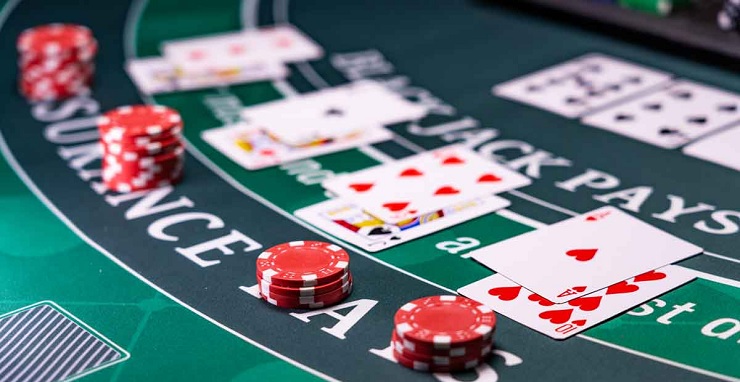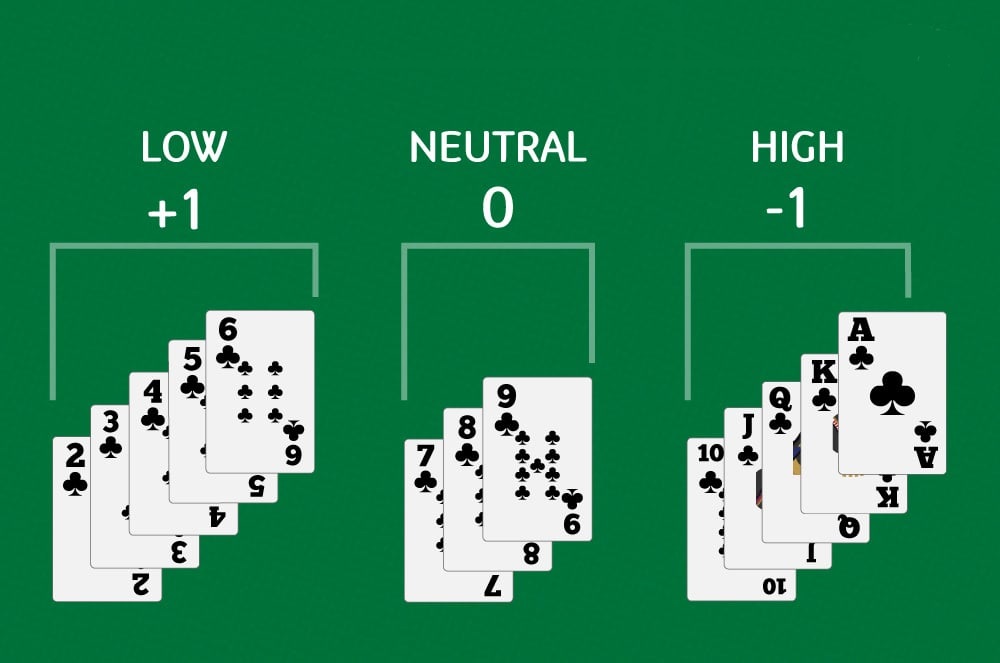
Card Counting in Blackjack: A Strategic Insight
Card counting in blackjack is a fascinating and strategic aspect of the game that has intrigued players for decades. This article explores the history of blackjack, the basic rules of the game, the concept and origins of card counting, its advantages, practical examples for understanding, and concludes with an overall assessment of its significance in blackjack.
The Evolution and History of Blackjack
Blackjack, also known as 21, is one of the most popular card games in casinos worldwide. Its origins can be traced back to the 17th century, with the game ‘Vingt-et-Un’ (Twenty-One) in France. Over the years, blackjack has evolved, with various rules and forms emerging, but the core objective remains the same – to beat the dealer’s hand without exceeding 21.
The game gained massive popularity in the United States, where it was christened ‘blackjack’ due to a special payout for a hand containing the Ace of Spades and a black Jack. This bonus payout was later discontinued, but the name stuck, and the game continued to grow in popularity.
Understanding the Rules of Blackjack
In blackjack, players compete against the dealer. The game is played with one or more decks of 52 cards. Each card has a value: numbered cards are worth their face value, face cards (Kings, Queens, and Jacks) are valued at 10, and Aces can be either 1 or 11. The goal is to have your hand’s total value closer to 21 than the dealer’s hand without going over 21.
Players are dealt two cards and can choose to ‘hit’ (take another card) or ‘stand’ (keep their current hand). The dealer also draws cards with specific rules, typically standing on 17 and hitting on 16.
Blackjack Betting and Winning
Bets are placed before the cards are dealt. If a player’s hand exceeds 21, they ‘bust’ and lose their bet. If the player has a higher hand than the dealer without busting, they win. A ‘blackjack,’ which is an Ace and a 10-value card as the first two cards, typically pays 3:2.
Card Counting in Blackjack: Concept and Origin
Card counting is a technique used in blackjack to determine whether the next hand is likely to give a probable advantage to the player or the dealer. It’s based on the high-low system, where cards are assigned values, and the count is adjusted as cards are revealed. The practice gained popularity in the 1960s with Dr. Edward O. Thorp’s book “Beat the Dealer,” which outlined the Ten Count system.
Card counting revolves around the principle that high cards (10s and Aces) are advantageous to the player, while low cards are advantageous to the dealer. By keeping a running count, skilled players can adjust their bets and strategies accordingly.
Legality and Casino Countermeasures
While not illegal, casinos frown upon card counting and have implemented measures like multiple decks and shuffling machines to counteract it.
Advantages of Card Counting in Blackjack
Card counting, when done correctly, can give players a statistical edge over the casino. It helps in making informed decisions on when to hit, stand, or adjust bets. This strategy doesn’t guarantee wins but increases the likelihood of profitable outcomes over the long term.
Skilled card counters can identify situations that are favorable for larger bets or when to take insurance against the dealer hitting blackjack.

Practical Examples for Understanding Card Counting
To understand card counting, consider the basic Hi-Lo strategy: low cards (2-6) are +1, high cards (10-Ace) are -1, and 7-9 are 0. When the count is positive, players should bet more; when negative, bet less. For instance, if more low cards are played initially, the remaining deck has more high cards, increasing the player’s odds.
Practicing with a single deck, keeping a running count and then a true count (accounting for the number of decks) is a good way to start learning card counting.
Conclusions: The Role of Card Counting in Blackjack
In conclusion, card counting in blackjack is a skill that can enhance a player’s chances of winning. It requires practice, concentration, and a solid understanding of the game’s mechanics. While not a foolproof strategy, it adds a strategic depth to blackjack, making it more engaging and potentially profitable for those willing to put in the effort to master it.
